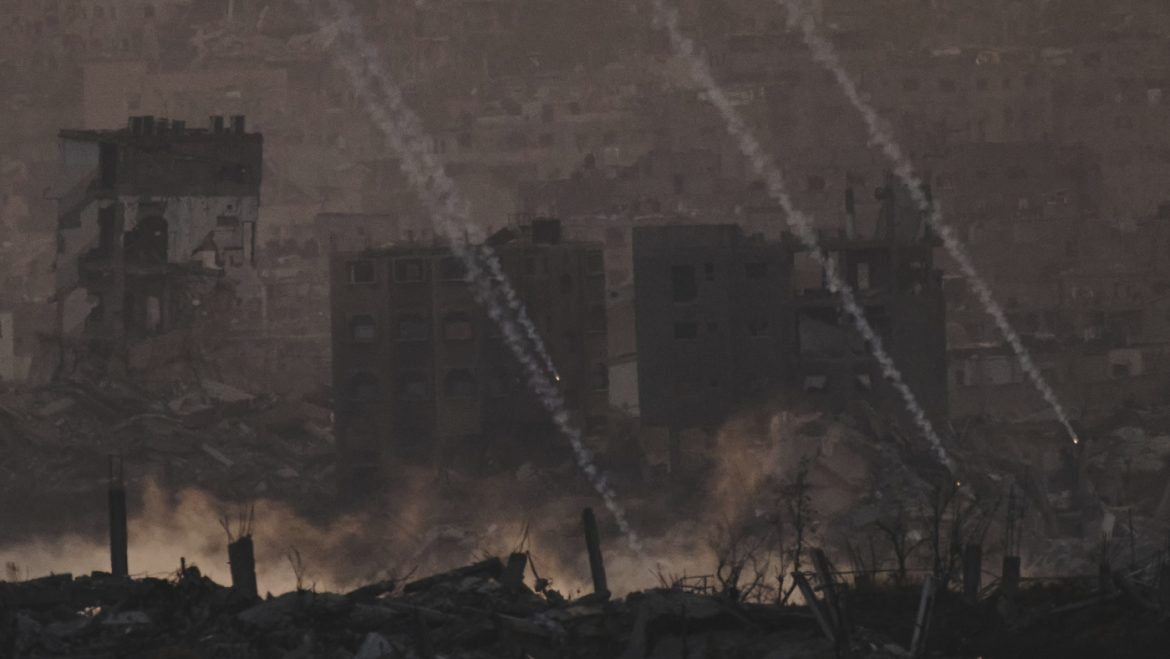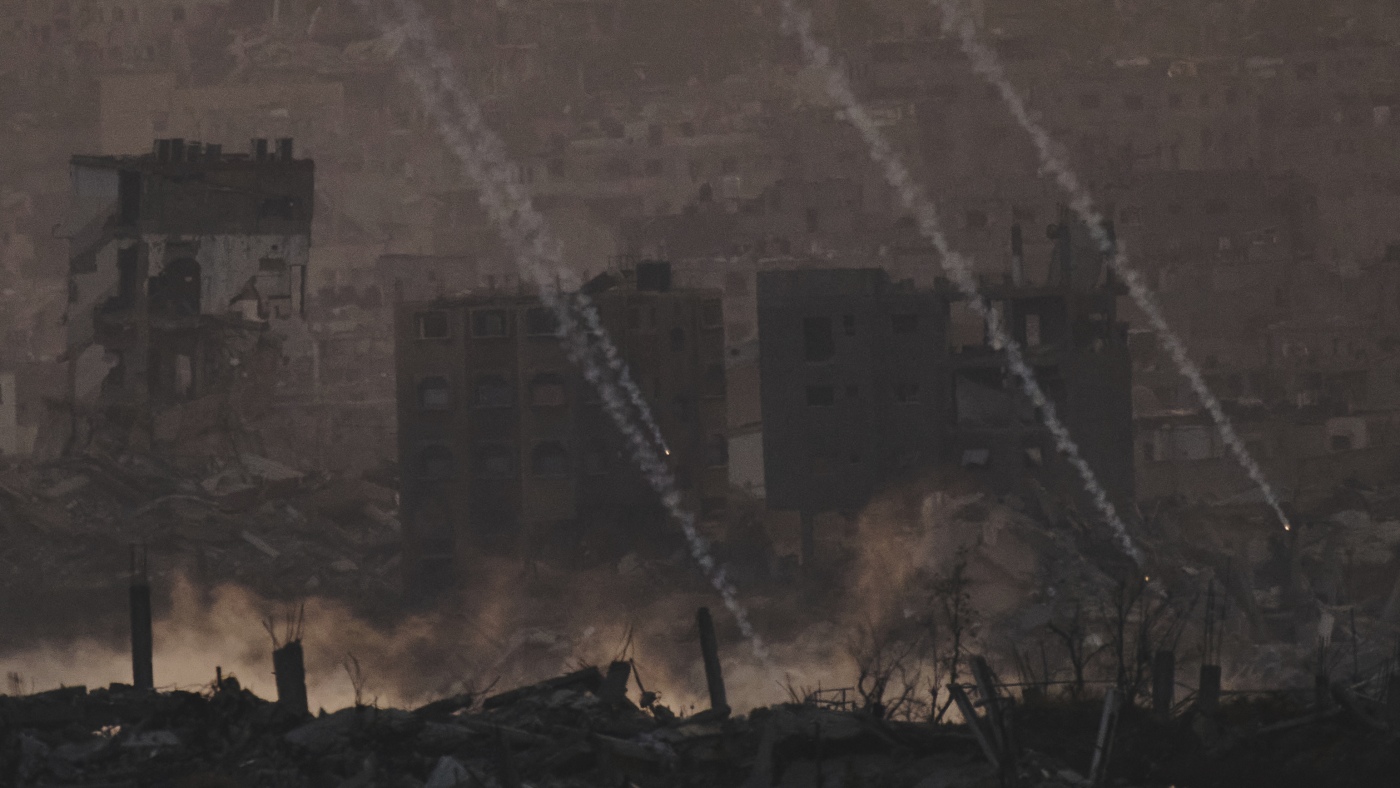Introduction: A New Dimension in the Gaza Conflict
Recent statements by Israeli Prime Minister Benjamin Netanyahu have revealed a significant strategic development in the ongoing conflict between Israel and Hamas within the Gaza Strip. Netanyahu confirmed that Israel is arming and “activating” certain Palestinian clans in Gaza, specifically those opposed to Hamas, as part of its broader military and political strategy. This move aims to undermine Hamas’s control and mitigate threats to Israeli soldiers and civilians. The complexities of this approach open new questions about the dynamics on the ground, the implications for intra-Palestinian relations, and the broader conflict trajectory.
Israel’s Strategy: Arming Local Clans in Gaza
According to Netanyahu’s video statement, Israel is supplying weapons and support to clans within Gaza that oppose Hamas. These clans represent factions distinct from Hamas, many of whom have local grievances or rivalries with the militant group. By empowering these groups, Israel hopes to create internal pressures against Hamas’s governance and military operations.
The Israeli government’s rationale, based on advice from security officials, is to “save the lives of Israeli soldiers” by weakening Hamas’s logistical and militant capacity from within Gaza’s socio-political fabric. This tactic marks an evolution from direct confrontation to political-military manipulation, leveraging local fault lines to Israel’s advantage.
Implications for Hamas and Palestinian Unity
Hamas, which has ruled Gaza for nearly two decades, faces a complicated challenge with the arming of rival clans. This injection of weapons and backing could escalate internecine violence, fragmenting Palestinian unity at a time of extreme external pressure. It risks deepening the divide between Hamas and other Palestinian groups, including families and factions traditionally marginalized or hostile toward Hamas’s leadership.
Yet, empowering local clans is a double-edged sword. While it may weaken Hamas’s monopoly on power, it could also lead to unpredictable armed conflicts within Gaza, increasing civilian instability and suffering. The internal dynamics could morph into a multi-front struggle, complicating any prospects for Palestinian political cohesion or peace negotiations.
Broader Military and Humanitarian Context
The arming of these clans occurs amid an intense Israeli military offensive against Gaza, which has caused massive destruction and a dire humanitarian crisis. Reports indicate that over 54,000 Palestinians have been killed according to Gaza’s Hamas-run health authorities, with many casualties being women and children. The offensive has displaced nearly all of Gaza’s 2.3 million residents, placing the enclave on the verge of famine and medical collapse.
In this fraught environment, the activation and arming of Palestinian clans add further layers of complexity. It signifies Israel’s multi-pronged approach: traditional military operations combined with proxy elements inside Gaza to fracture Hamas internally. This tactic could prove controversial, especially internationally, due to potential worsening of civilian conditions and empowerment of local militias whose long-term loyalties and agendas remain uncertain.
Controversies and Allegations: Links to Extremist Groups
Alongside official acknowledgments, there are contentious claims circulating about the nature of some militias being armed by Israel. Videos shared on social media show armed groups in Gaza bearing insignia such as the Palestinian flag and patches suggestive of ISIS affiliations. These developments raise sensitive questions about unintended consequences and the risks of empowering factions with extremist ideologies or unclear strategic alignments.
Israel’s government has defended the move, pointing to the necessity of diverse, layered approaches to fight Hamas, described by Netanyahu as acting “in various ways.” Nevertheless, the international community faces difficult judgments on how such proxy forces might influence Gaza’s future stability and security.
Conclusion: Navigating a Fragmented Landscape
Israel’s decision to arm Palestinian clans in Gaza represents a significant strategic shift aimed at destabilizing Hamas from within. While this move could reduce immediate threats to Israeli forces and disrupt Hamas’s control, it introduces profound complexities and uncertainties into Gaza’s already fragile socio-political environment.
The fragmentation of Palestinian authority could magnify internal violence and prolong instability, complicating humanitarian relief and peace efforts. Moreover, the ambiguous affiliations of some armed factions highlight the risks of empowering groups with potentially extremist leanings.
Ultimately, this development underscores the multilayered nature of the Gaza conflict, where military, political, and social battles intertwine. Its full consequences will depend on how these armed clans act, how Hamas responds, and how regional and international actors engage with this evolving and volatile reality.


